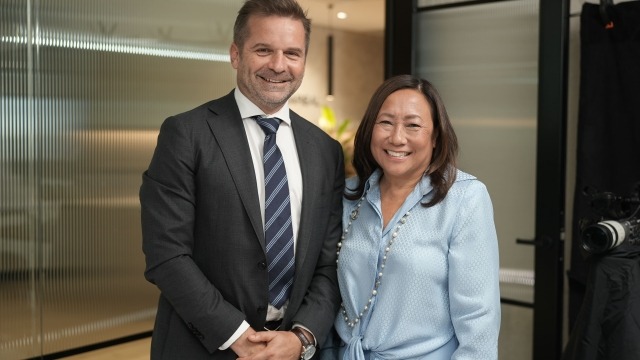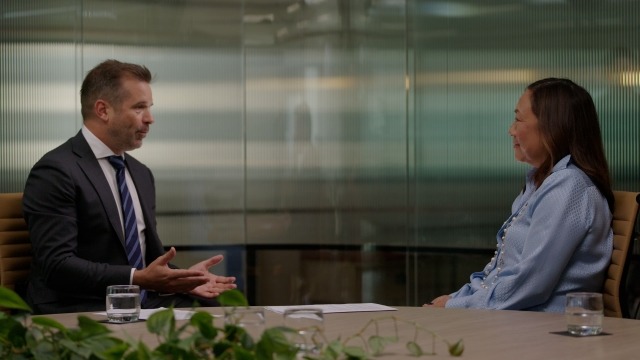Creating Value from a Carve-Out: Done Right, Carving Out Underperforming Assets Can Restore Focus and Transform Costs
As competition and business transformation increase, conglomerates are increasingly out of favor with investors and their share prices have been marked down accordingly. In today’s investing environment, activists are increasingly targeting some of these laggard stocks and making public calls for companies to sell off the poorly performing and non-core parts of their business. For example, shares in AT&T jumped earlier this month when activist hedge fund Elliott announced it had taken a $3.2 billion stake in the telecom company, criticizing its strategy of acquisitions.
In its letter to the board, the activist fund set out actions, including “focusing its asset portfolio,” which it believes would increase AT&T’s share price to more than $60 over the next two years, up from $36.25 before Elliott announced its stake.
However, divestitures alone will not help companies achieve their goal of improved returns in what remains of their business. To ensure that a carve-out succeeds in creating value, companies must do three things: assess whether divesting the asset is the right choice. If it is, eliminate unnecessary spending to get the best possible price; then transform the way the remaining business operates to reduce costs to a sustainable level.
In the very first stage of evaluating whether to divest, revenue and the level of operating profit or loss are the two key elements to consider, says Paul Musselman, Managing Director with Alvarez & Marsal’s Corporate Performance Improvement practice in San Francisco, where he specializes in technology companies.
“A division that looks dilutive on your profit and loss (P&L) statement may not look that way to someone else. If you have a business with slow-growing revenue but good EBITDA (earnings before interest, taxes, depreciation and amortization), that may not help you if you’re a publicly-traded company where the market typically rewards companies for revenue growth, but plenty of private equity buyers may be interested,” he says. “Similarly, if you have a division that’s losing money and dragging your whole ship down, you may not have the strategy to fix it, but someone else may be willing to take the necessary steps.”
Under pressure from activist hedge fund Third Point, led by Daniel Loeb, Sony last month said it had agreed to sell its stake in medical equipment company Olympus, sending its shares higher. Third Point has also called on the Japanese company to sell stakes it holds in the music streaming service Spotify and M3, a medical information company, because it believes the breadth of Sony’s portfolio make it “one of the most undervalued large-cap businesses in the world today.” Instead, the activist fund wants Sony to sell its non-core assets and focus on its entertainment business.
For companies without the pressure of an activist investor, divestitures still offer a way to boost returns by allowing them to focus their attention and energy in one direction, says Mr. Musselman.
A recent technology sector carve-out he has worked on involved a company with both a consumer products and an enterprise division. The company was devoting disproportionate amounts of effort to the consumer division to meet the demands of large retailers. A second care-out involved a longtime hardware manufacturer seeking to focus on the higher-margin “software as a service” business, licensing applications it hosts to companies via subscription. “In both cases, the strategic driver was to fix a problem of losing focus,” he says. “If you’re trying to address different market segments that are not complementary, divestitures can serve you very well.”
Once the decision to carve out an asset is made, executives should then examine how to improve earnings at the EBITDA level because at current valuations, “for every additional $1 of EBITDA, you can create $6 to $10 of value, depending on the lenders’ view of the quality of earnings” says Mr. Musselman. Working to strip out unnecessary costs before a sale should ensure a better price and create more value for shareholders as a result.
After the under-performing or non-core part of the business has been sold, work begins on the third key step: making sure costs at the residual cost and expense structure are in line with the business’s revenues. A portion of the proceeds from the sale can be used to fund the transformation, pay for workforce realignment and other one-off costs. The rest goes on to the balance sheet, is returned to shareholders or used to pay for acquisitions that fit with the strategy of the remaining business.
“You’ve lost the divested business’s profit contribution but many of your costs remain the same, so it’s not simply a case of ‘we can’t afford the corporate jet anymore’,” says Mr. Musselman. “We get into the enterprise systems and processes with our clients – it means rethinking how you do payroll, IT, the cost of your finance function. Making the divestiture accretive requires management to examine whether they need to change the way they are doing business, shifting resources internally or transform. Each conclusion has different ramifications.”
Click here for a PDF of the newsletter >
Stay informed about the key issues driving companies to seek meaningful, lasting change in From the Inside Out, our corporate transformation newsletter.





